Seongdae Guksu (성대국수)
545.9M 2021-03-18
18, Seonggyungwan-ro, Jongno-gu, Seoul
+82-2-762-3996
This is a Korean cuisine located in Jongno-gu, Seoul. A restaurant that uses only natural ingredients. The best menu at this restaurant is noodles in anchovy broth.
Cheongwonsanbang Studio (청원산방)
557.8M 2019-10-02
27, Bukchon-ro 6-gil, Jongno-gu, Seoul
+82-2-715-3342
Located in Samcheong-dong and established in 1981, Cheongwonsanbang Studio is an art studio by Sim Yong-sik (Intangible Cultural Property designated by City of Seoul). He works on various traditional windows and doors with his students, promoting them in Korea and other countries. Doors and windows with beautiful patterns are all over the place in this studio: doors that can hang against a wall, windows decorated with cherry blossoms, comb-patterned windows and so many more. Visitors can also enjoy beautiful crafts in various exhibition events.
Persian Palace (페르시안궁전)
563.1M 2024-03-18
9 Sungkyunkwan-ro 6-gil, Jongno-gu, Seoul
+82-2-763-6050
Persian Palace is a restaurant specializing in Indian cuisine and Iranian kebabs, run by an Iranian chef. They offer set menus such as lamb curry, spinach curry, and butter chicken, which can be enjoyed with tandoori nan. The spiciness of the curry can be adjusted, and they also have vegan options available. For dessert, they serve Persian homemade desserts like mast (Persian yogurt) and saffron ice cream. They provide halal food and prayer rooms for Muslims.
Moonlight Tour at Changdeokgung Palace (창덕궁 달빛기행)
570.6M 2024-08-20
99 Yulgok-ro, Jongno-gu, Seoul
+82-1522-2295
The Moonlight Tour at Changdeokgung Palace is a high-quality cultural event held at Changdeokgung Palace, a UNESCO World Heritage. The tour offers a unique opportunity to witness and experience palatial beauty under the moonlight.
Donggwol Maru - Korea Cultural Heritage Foundation Branch [Tax Refund Shop] (한국문화재재단 동궐마루)
570.6M 2024-10-15
99, Yulgok-ro, Jongno-gu, Seoul
-
Dong-Lim Knot Museum (동림매듭박물관)
572.6M 2021-12-21
10, Bukchon-ro 12-gil, Jongno-gu, Seoul
+82-2-3673-2778
Opened in April 2004, Dong-Lim Knot Museum exhibits a variety of decorative traditional Korean maedeup (knots): norigae for hanbok, belts, pouches, as well as materials like thread, cord, and accessories. Housed in a hanok, a traditional Korean house, the gallery has a variety of exhibits, including old and new artwork, and creations that reflect modern trends.
PungGyeong [Korea Quality] / 풍경 [한국관광 품질인증]
574.2M 2023-05-02
32-6 , Seonggyungwan-ro, Jongno-gu, Seoul
+82-10-7103-6993
PungGyeong, located opposite Sungkyunkwan Academy in Jongno-gu, Seoul, is a hanok-style guest house whose outer wall is painted with a stylish blue pine tree. The guest house is equipped with bedrooms and a kitchen/diner with a table. Residents can have toast for breakfast, and simple Korean meals are provided for guests staying more than two days. In the winter you can sample traditional Korean tea brewed by the owner.
Changgyeonggung Palace (창경궁)
578.1M 2024-10-31
185 Changgyeonggung-ro, Jongno-gu, Seoul
+82-2-762-4868
Located in the heart of Seoul, Changgyeonggung Palace was originally built as Suganggung Palace by the 4th ruler of the Joseon dynasty, King Sejong (r.1418-1450), for his retiring father, King Taejong. It often served as residential quarters for queens and concubines. During the reign of King Seongjong (r.1469-1494), the palace was renovated and renamed to Changgyeonggung Palace. It later became a park with a zoo and a botanical garden during Japanese colonial rule. The palace grounds remained this way until 1983 when restoration of its old grace was completed.
Changgyeonggung Palace Honghwamun Gate (창경궁 홍화문)
578.1M 2021-05-27
99, Yulgok-ro, Jongno-gu, Seoul
+82-2-762-4868
Honghwamun Gate is the main gate of Changgyeonggung Palace. It has three opening gates in the front and two to the side with a sophisticated locking mechanism.
Yeonwoohouse [Korea Quality] / 연우하우스 [한국관광 품질인증]
582.7M 2023-09-12
5-13 , Bukchon-ro 12-gil, Jongno-gu, Seoul
+82-2-742-1115
Yeonoo House is a quiet and cozy traditional hanok in Bukchon Hanok Village, Jongno, Seoul. There are two small rooms, each with its own bathroom. Residents can access a superb panoramic view of Bukchon Hanok Village by mounting a ladder up to the roof. As Yeonoo is an old building, careful attention is paid to hygiene management. Gyeongbokgung Palace, Cheonggyeonggung Palace, and Changdeokgung Palace are all nearby.
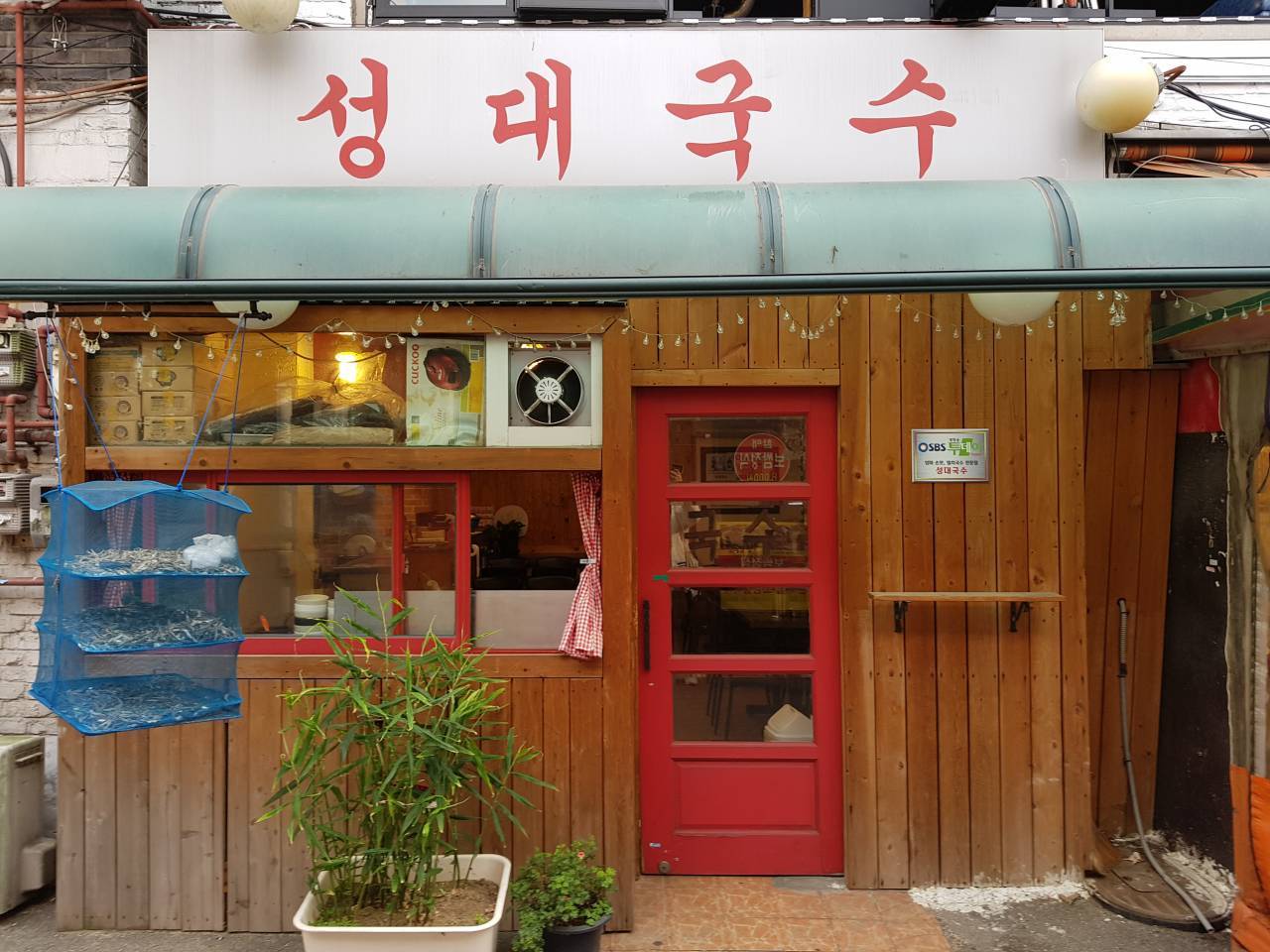
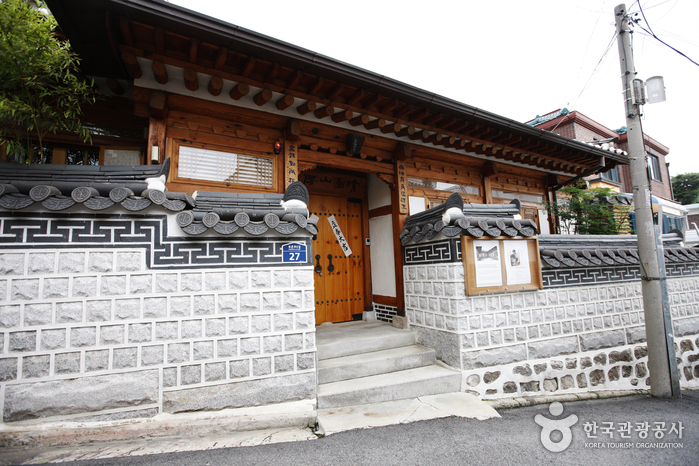

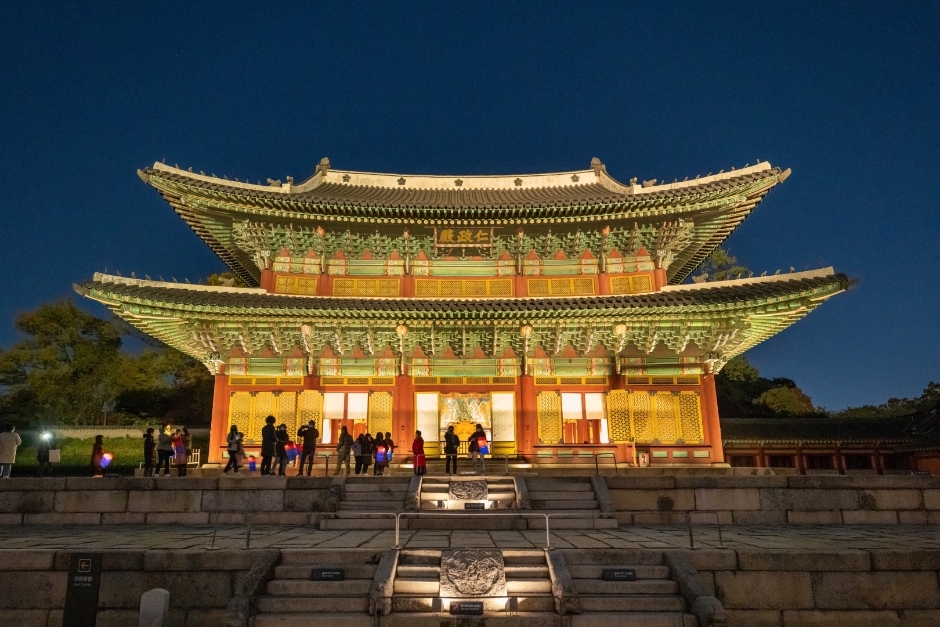
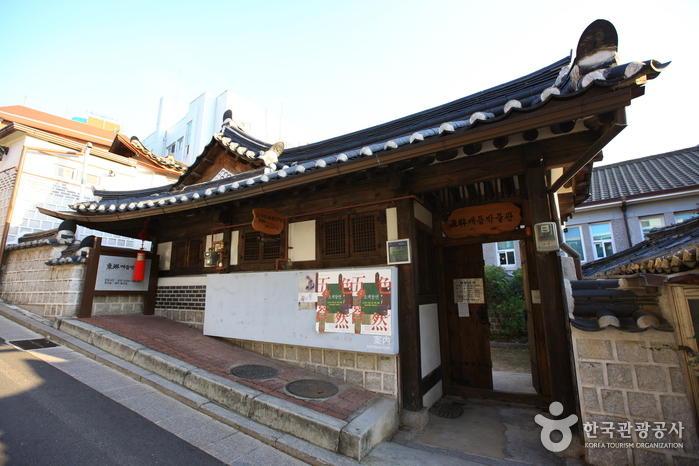
![PungGyeong [Korea Quality] / 풍경 [한국관광 품질인증]](http://tong.visitkorea.or.kr/cms/resource/80/2633780_image2_1.jpg)
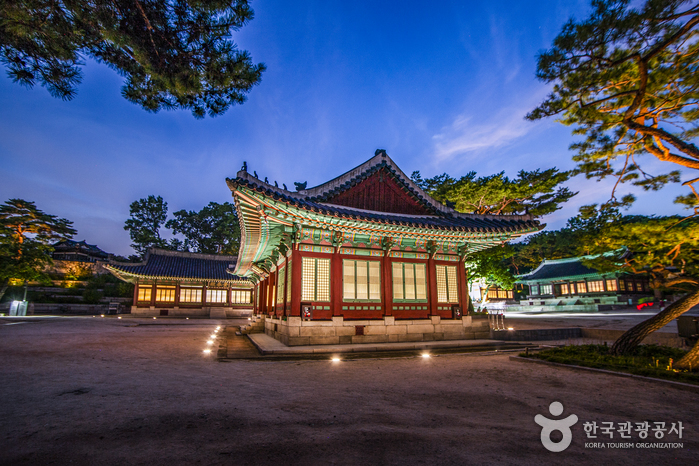
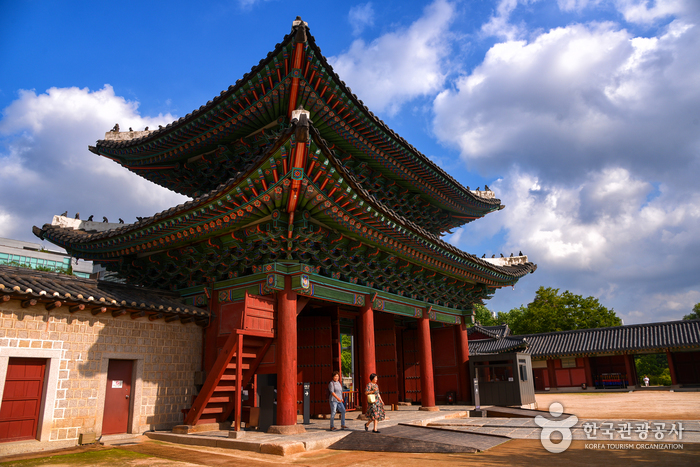
![Yeonwoohouse [Korea Quality] / 연우하우스 [한국관광 품질인증]](http://tong.visitkorea.or.kr/cms/resource/52/3009452_image2_1.jpg)
 English
English
 한국어
한국어 日本語
日本語 中文(简体)
中文(简体) Deutsch
Deutsch Français
Français Español
Español Русский
Русский